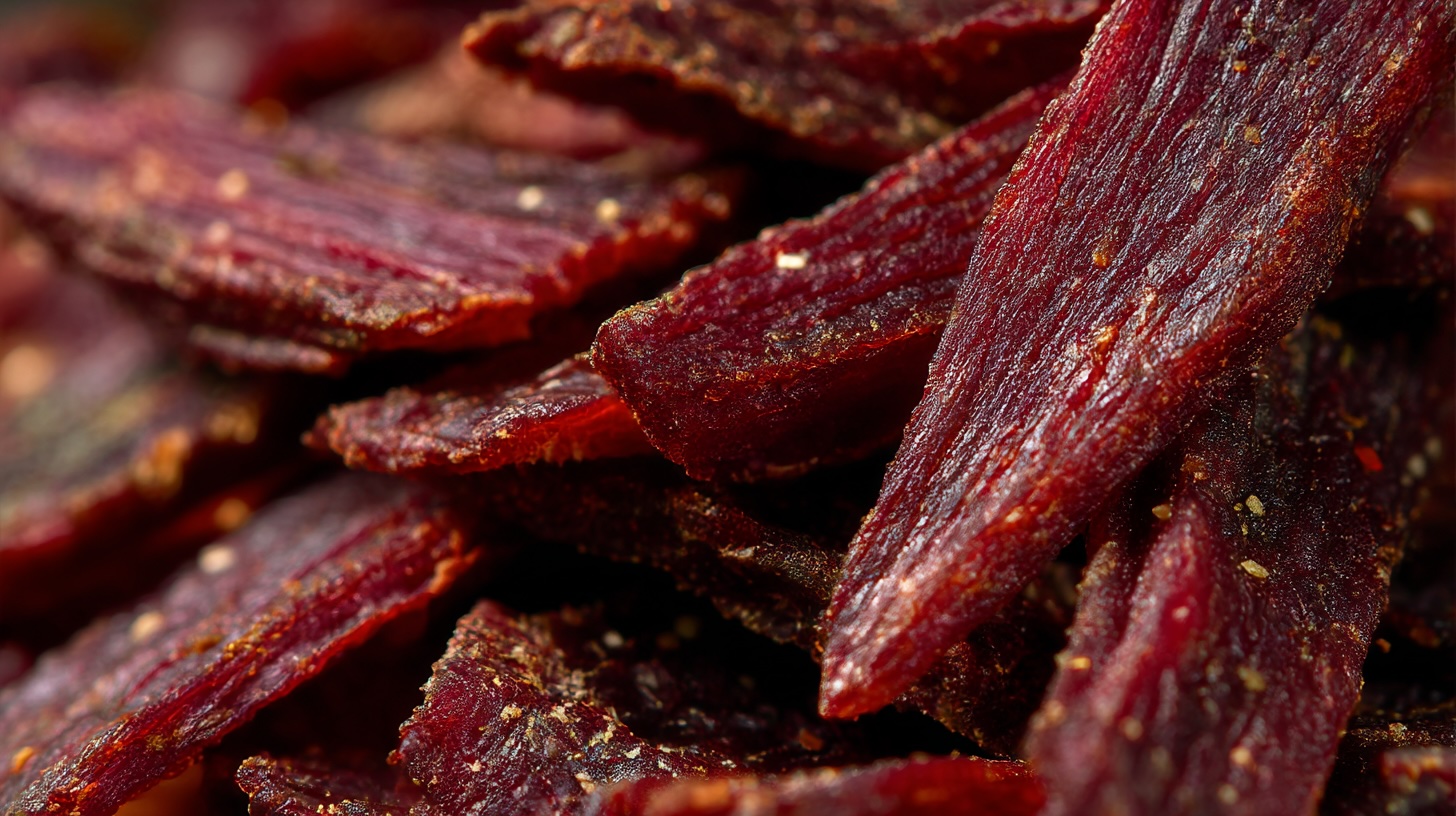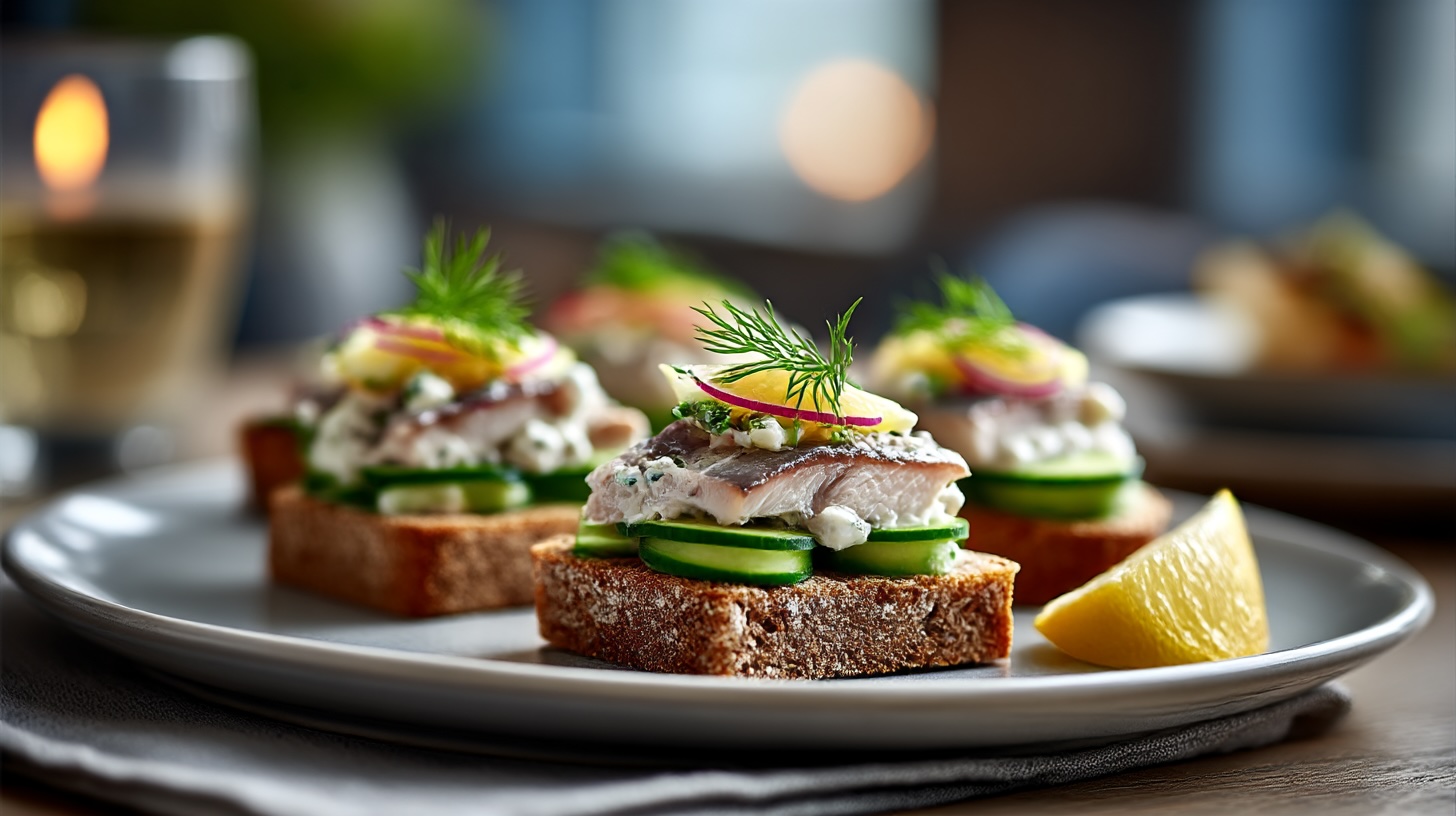Jerky: The Paleo Snack That Chews Through Time
Before there were convenience stores and vending machines, before air fryers and protein bars, there was jerky. Just meat, salt, time, and the slightly unnerving instinct that hanging animal flesh in the wind could be a long-term food plan. And somehow, it worked. Jerky is the original snack that defied both logic and bacteria. It’s not just a food; it’s edible archaeology, preserved in chewy strips of salty wisdom.
The story of jerky begins long before vacuum-sealed pouches and overly aggressive cowboy branding. The word itself likely comes from the Quechua word “ch’arki,” meaning dried, salted meat. The Incas were drying llama and alpaca meat high in the Andes well before Europeans got the memo. But they weren’t the only ones. Indigenous North American tribes had their own methods of drying buffalo, deer, and fish over smoky fires, turning perishable protein into something you could shove in a pouch and munch while walking cross-continent.
Then came the colonisers, who—as they often did—nicked the idea, slapped their own spelling on it, and started exporting the stuff back home. The pioneers and cowboys of the American frontier adopted jerky with wild enthusiasm. No surprise, really: it doesn’t spoil easily, it’s lightweight, and it’s packed with enough salty bravado to make it feel like a survival food even if you’re just surviving a desk job.
Today, jerky has taken on more identities than a washed-up pop star trying to rebrand. There’s beef jerky, of course, but also turkey, salmon, venison, boar, kangaroo, and even mushroom varieties for the protein-curious vegetarian. Regional varieties abound. In South Africa, you’ve got biltong: meat cured in vinegar and coriander, sliced thicker than jerky, and often eaten with a smug expression of superiority. China has rougan, a sweeter, pork-based cousin with a glossier finish. Thailand’s sun-dried beef, or “nua dad deaw,” is often marinated in soy sauce and spices, dried in the sun, then deep-fried to a crunchy delight that frankly should come with a warning label for addictive tendencies.
Australia throws emu and crocodile into the mix, because of course it does. Meanwhile, in the United States, regional styles vary from dry and tough cowboy cuts in Texas to more tender, sugar-heavy versions in the Midwest. Some brands lean into the smoky barbecue realm; others embrace teriyaki glaze with the enthusiasm of a 90s sushi chef. The market is wild, eclectic, and slightly deranged, in the best way possible.
What makes jerky special? It’s survival food turned snack trend. It’s prehistoric practicality mixed with a modern protein obsession. And it’s the culinary equivalent of a multi-tool: useful, adaptable, slightly rugged, and a bit overconfident. It doesn’t melt. It doesn’t require refrigeration. You could leave it in your glove box for a week and it would only improve in character.
Texturally, jerky lives in the grey area between chewy and tough, with just enough give to keep your teeth interested but not enough to make it easy. It demands something of the eater. It’s not here to coddle you. The taste? That’s a different beast entirely. Salty, often smoky, occasionally sweet, sometimes spicy enough to make your eyes water and your nose run—jerky doesn’t do nuance; it does declarations.
Drinks to pair with jerky are an unexpected joyride. Beer is the obvious choice, especially a hoppy IPA or a rich porter that can hold its own against the salt. Red wine works surprisingly well too—something bold like a Zinfandel or a Shiraz. Bourbon is practically its soulmate: both smoky, robust, slightly dangerous. For the teetotal crowd, a cold brew coffee, smoky lapsang souchong tea, or even a sparkling water with a twist of lime cuts through the intensity like a flavour machete.
Other foods to complement jerky? Cheese. Hard cheeses like aged cheddar or gouda. Pickles are also a clever companion, especially those with a bit of bite. Crackers, roasted nuts, and dried fruit make sense for a kind of adult lunchable scenario. You could even throw together a jerky charcuterie board if you’re the sort of person who enjoys confusing your dinner guests.
Health-wise, jerky has a reputation as a protein powerhouse. And rightly so. It’s lean, rich in iron and zinc, and blessedly low in sugar (unless it’s one of those weird maple-glazed versions that taste like meat candy). But beware the sodium levels, which can turn your bloodstream into a saline solution if you’re not careful. And while the preservative content has gone down in artisan versions, some supermarket options are still a chemistry set in disguise. Moderation is key. Don’t make jerky your meal plan. Make it your flavour-packed side hustle.
Where to find good jerky depends on how much you’re willing to spend and how many flavours you’re prepared to entertain. Supermarkets will carry the usual suspects—beef, teriyaki, maybe a jalapeño version. For better quality, head to farmers’ markets, hunting supply stores, or—oddly enough—craft breweries, which often stock locally-made, over-ambitious meat strips. Online, you’ll find a dizzying array: grass-fed, air-dried, smoked over cherrywood, free-range unicorn jerky. Okay, maybe not the unicorn. Yet.
If you’re the DIY type, making jerky at home is a mildly empowering process that will make you feel like you’re prepping for the apocalypse in style. All you need is meat, marinade, a sharp knife, and either a dehydrator, an oven, or enough patience to sun-dry it (note: not recommended unless you live in a desert or a dystopian novel).
Here’s a simple homemade beef jerky recipe that won’t poison your friends and might even impress them.
Beef Jerky Recipe
Start with 1 kilo of lean beef—top round or flank steak are good choices. Trim off any visible fat (fat goes rancid; nobody wants that). Slice it into thin strips, about 6mm thick, ideally across the grain for tenderness.
Now for the marinade. In a bowl, mix:
- 120 ml soy sauce
- 60 ml Worcestershire sauce
- 1 tablespoon brown sugar
- 1 teaspoon smoked paprika
- 1 teaspoon garlic powder
- 1 teaspoon onion powder
- 1/2 teaspoon ground black pepper
- Optional: a pinch of chilli flakes or a splash of liquid smoke if you want to lean into the drama
Toss the beef strips in the marinade and refrigerate for at least 6 hours, preferably overnight. Once marinated, drain off the liquid and pat the strips dry with kitchen paper.
Arrange the strips on a wire rack set over a baking tray. Bake at 70°C with the oven door slightly ajar for about 4 to 6 hours, flipping halfway through. You’ll know it’s ready when the pieces are dry but still slightly flexible—like leather, but appetising.
Let them cool completely, then store in an airtight container. They’ll keep for a week at room temperature, longer in the fridge, or indefinitely in the freezer (because time has no meaning in the jerkyverse).
So there it is. A snack from the dawn of civilisation that now resides somewhere between paleo diet chic and road trip staple. Jerky doesn’t need to try hard to be cool—it already outlasted empires, fashion trends, and several food pyramids. It’s a testament to preservation, patience, and the fact that sometimes, the simplest ideas really do chew the longest.




1 comment